Prince William‘s recent visit to Ulster University in Belfast ended in controversy as the heir to the throne faced unexpected protests and boos from students.
The Nov. 14 solo trip, which was meant to highlight educational initiatives and creative sector development, instead became a testament to the challenges facing the future king in maintaining royal composure under pressure.
The day started well for William, who for a few hours thought he would ace his solo public appearance and score some publicity points for the Royal Family. He began at The Foyer, a facility connected to his Homewards project aimed to combat youth homelessness across the U.K. The Prince then visited Ulster University’s Belfast City Campus Centre, where he toured state-of-the-art studio facilities and met with visual production students. The visit even included a lighthearted moment when William filmed a TikTok video to explain a student’s tardiness to class, demonstrating his ability to connect with younger generations.
However, the atmosphere shifted dramatically as he prepared to leave the campus. Journalist Kurtis Reid captured footage of what he described as “a less than warm reaction” to the Prince, with protesters booing and chanting “Free Palestine” and “Free Gaza.” Considering the British’s government historical responsibility when it comes to Israel and Palestine, the protests were not exactly a surprise. Even so, the Prince was visibly shocked by the loud crowd. While Williams tried to deal with the uncomfortable situation the best he could, there were signs he was highly distressed.
Prince Williams’ body language reveals he still can’t keep his cool like King Charles III
Body language expert Judi James, speaking to The Mirror, provided crucial insight into William’s response to the situation. As the expert puts it, “William has the perfect royal role model in terms of responding to hecklers” because “his father Charles has always used extreme performances of obliviousness whether he’s being shot at, pelted by eggs or yelled at by the crowds.” However, William’s attempt to emulate his father’s technique revealed telling signs of discomfort, as James noted, “He is feeling rather vulnerable or awkward.”
The expert’s analysis highlighted specific indicators of William’s unease. Despite maintaining modest waves and a shy-looking smile, he made three distinct auto-contact gestures, touching and pulling at his tie while walking to his car. These unconscious movements betrayed his inner struggle with the situation, marking a clear departure from his father’s masterful handling of similar circumstances.
The protests highlight the unique challenge William faces as the future king. While he has gone further than any previous royal in addressing the Israel-Hamas conflict, including planning visits to hear first-hand accounts from aid workers in Gaza and addressing rising antisemitism, he must balance these humanitarian concerns with the monarchy’s traditional diplomatic constraints and Britain’s current foreign policy positions.
While Charles has perfected the art of appearing oblivious to criticism, William’s more visible emotional responses suggest he’s not at ease when pressured by the public. Nevertheless, instead of an issue, William’s emotional involvement could represent the opportunity for the Royals to change their approach to public relations. Instead of just brushing criticism away, William could use his visible shame as fuel for actual action, maybe using the tax-funded Royal fortune to promote concrete changes.

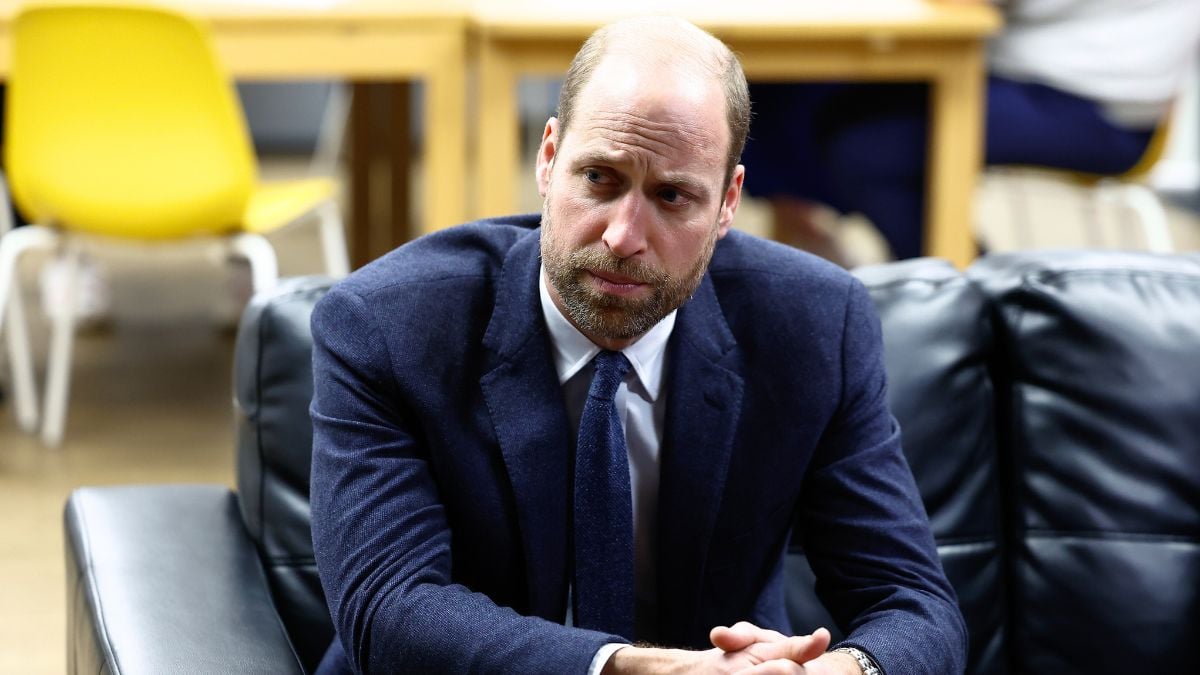
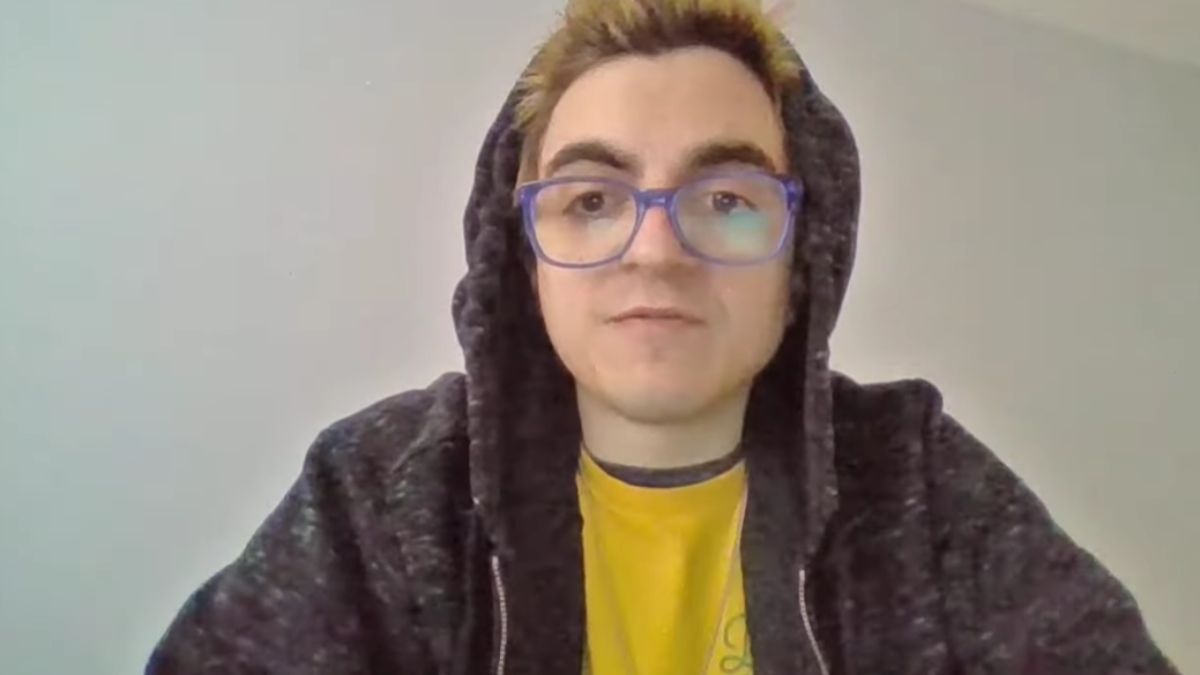
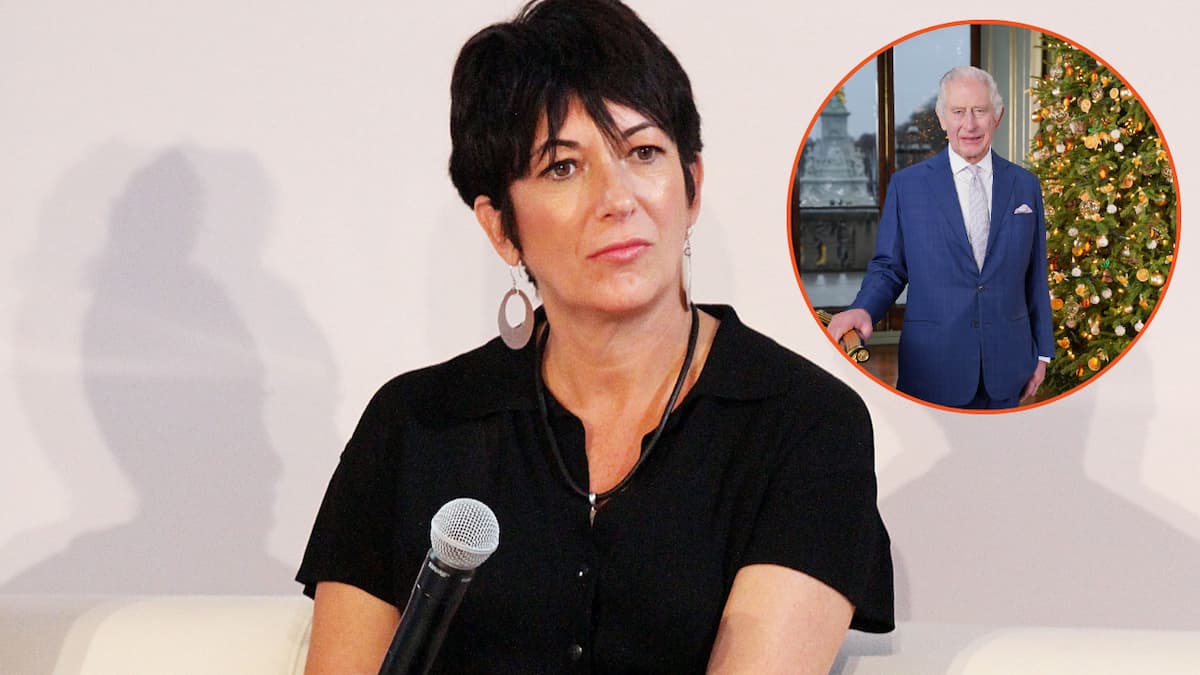
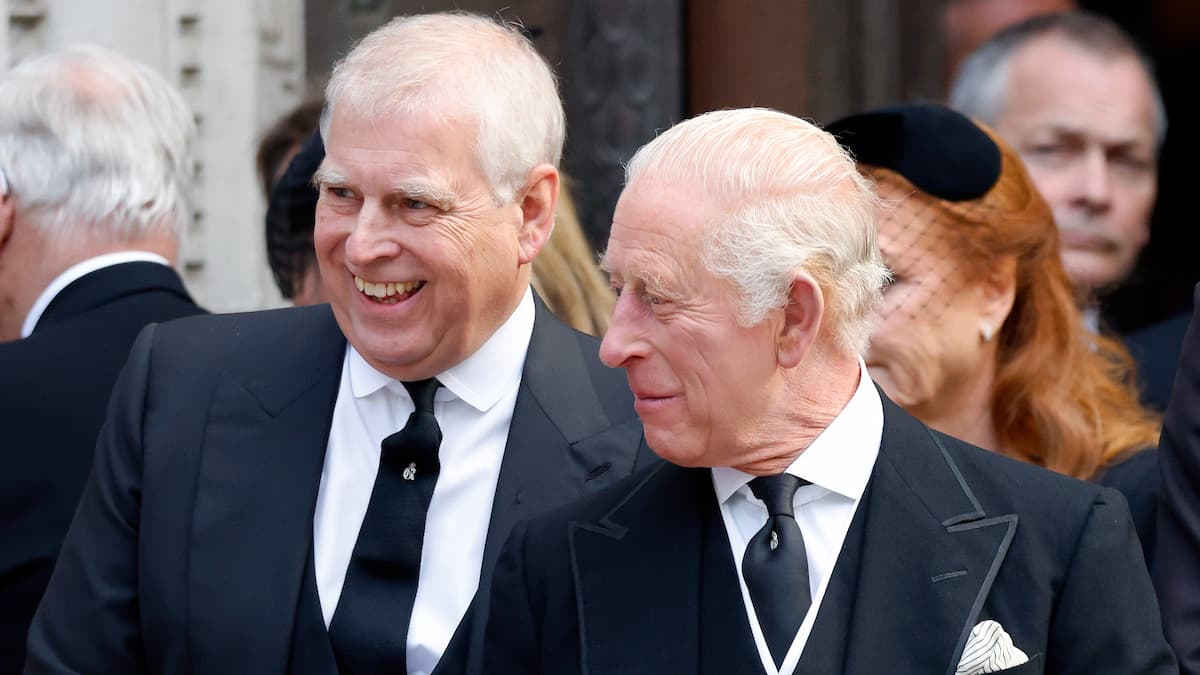
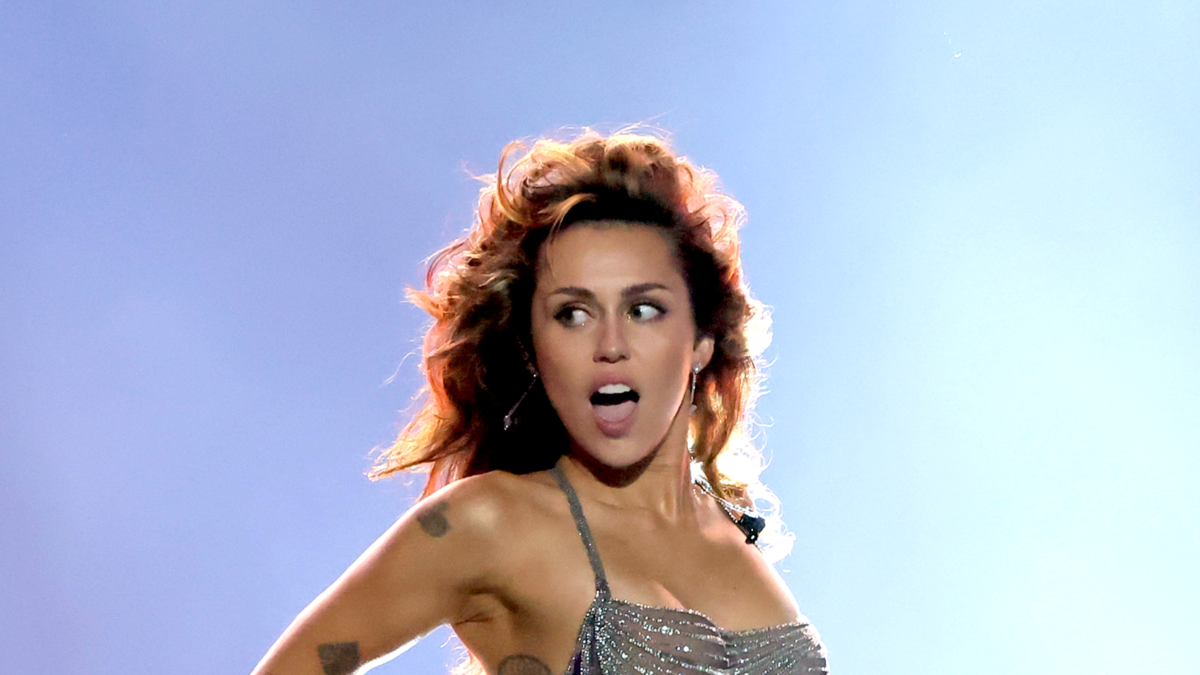
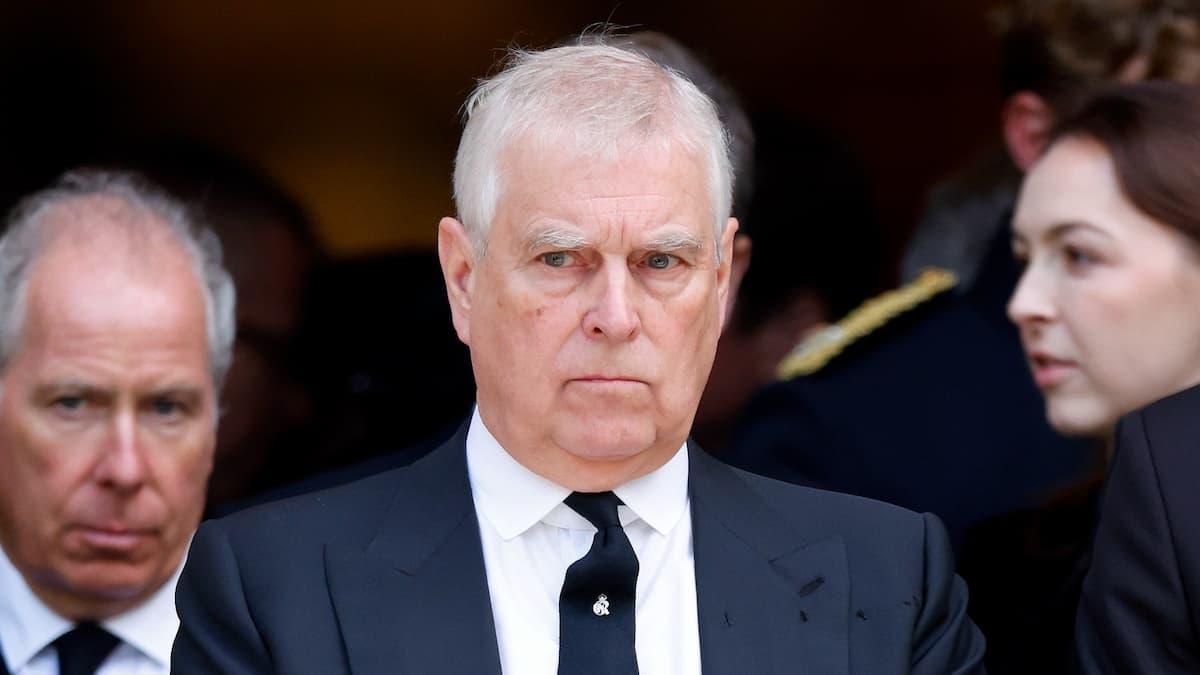
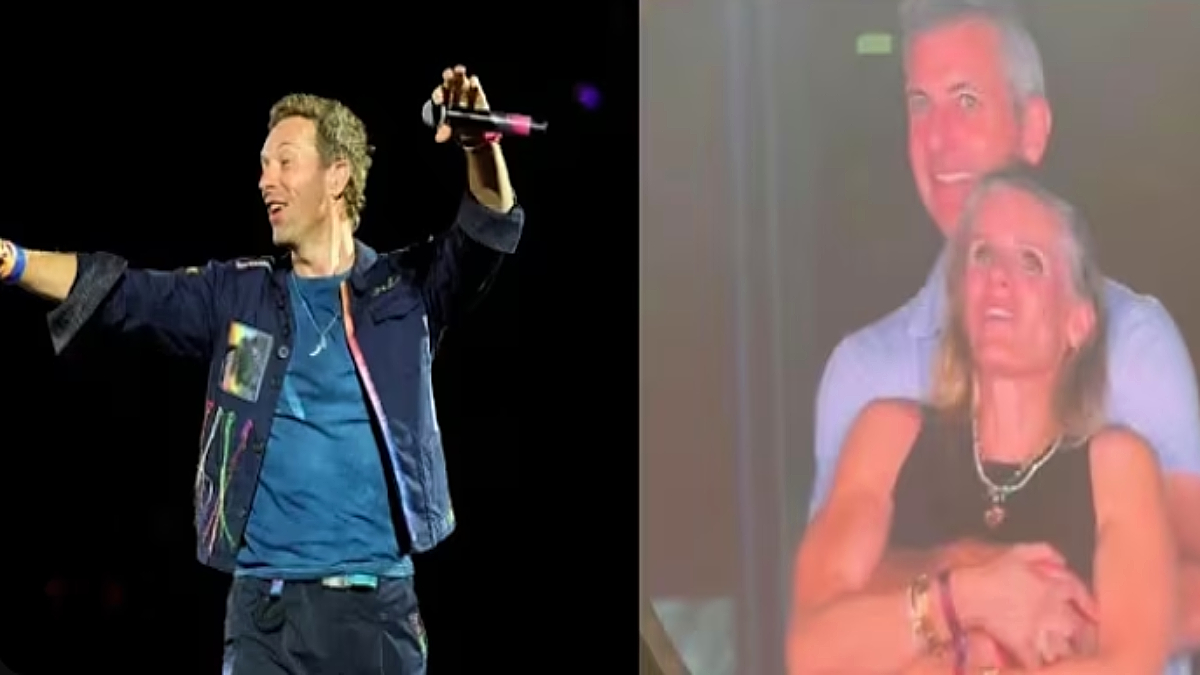
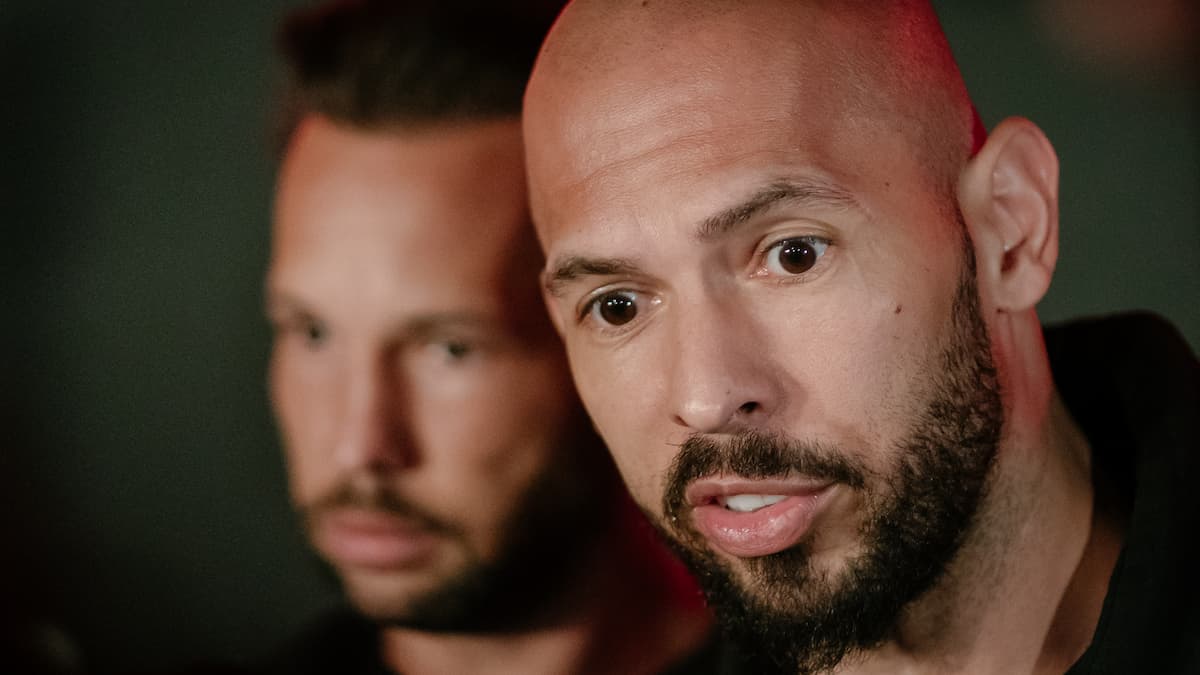
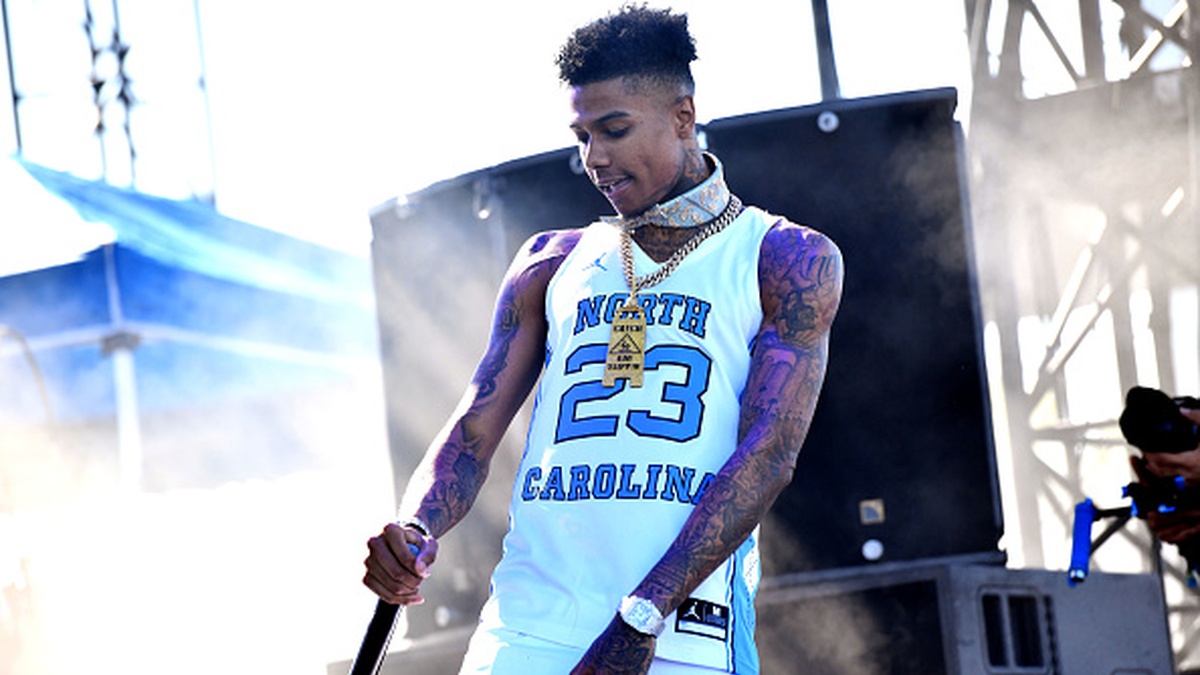

Published: Nov 16, 2024 07:43 am